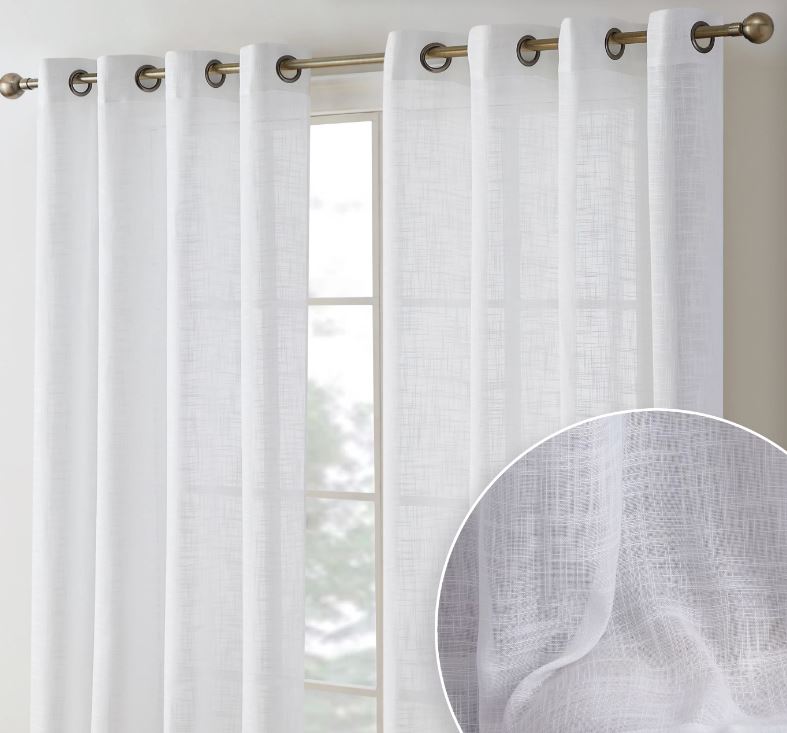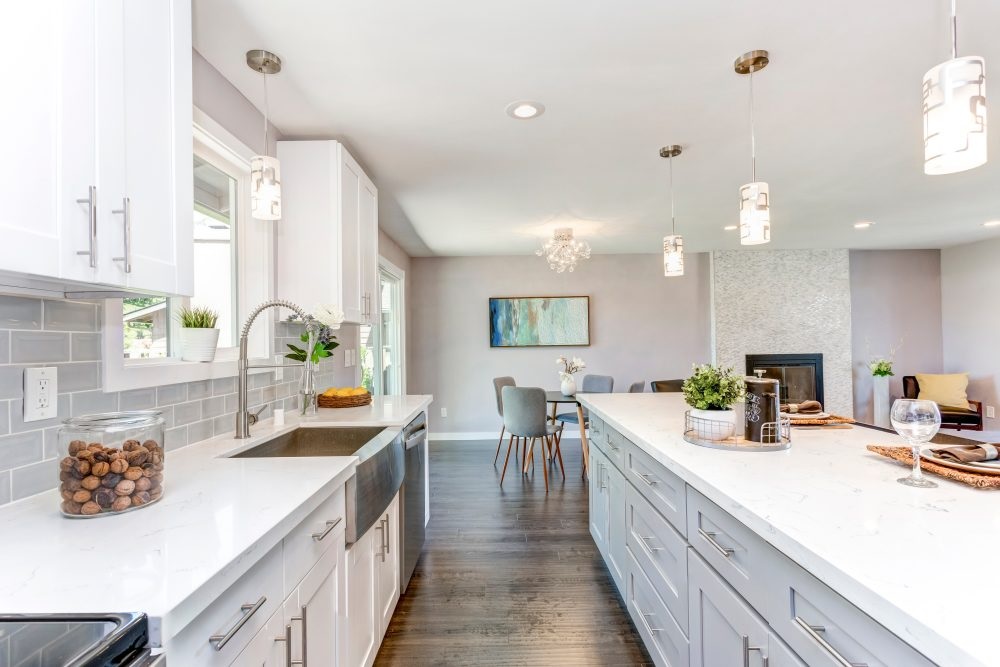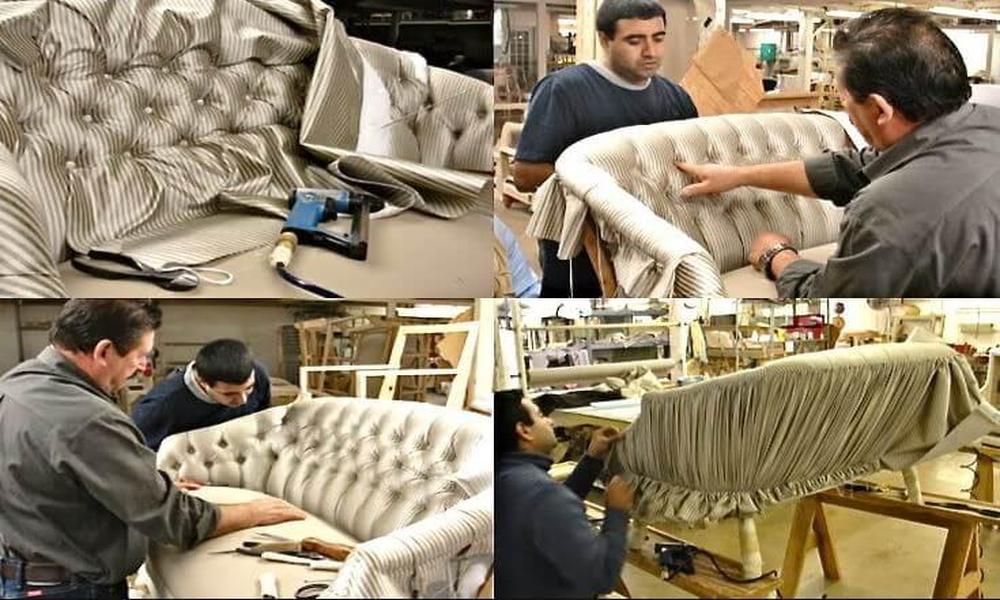 Linen curtains are becoming more and more popular in the last few years. We’ve talked to many customers who fell in love with the beauty that pure linen curtains offer and the relaxing feeling they evoke when working with natural fibers.
Linen curtains are becoming more and more popular in the last few years. We’ve talked to many customers who fell in love with the beauty that pure linen curtains offer and the relaxing feeling they evoke when working with natural fibers.
Linen is considered a luxury fiber due to its luster and texture. Linen curtains are non-pilling, allergy-free, insect-proof, and UV-resistant. The organic fibers in linen are recyclable and biodegradable. However, linen is a natural fiber and there are a few things to consider before falling in love. Are you someone who likes to get out of the steamer or do you prefer a relaxed look? If you like straight curtains, 100% linen curtains might not be for you. As part of the natural charm of linen, we must be able to accept the crumbliness of linen.
Linen curtains move:
linen is an absorbent fiber, so it moves (it moves!) with changes in humidity. It is recommended that the linen curtains go slightly to the floor so that they are not noticeable. West and north windows are more likely to be affected than the south and east windows, as linen are moderately resistant to sunlight. Consider blended curtains.
Polyester is a man-made synthetic fiber that does not exist in nature. Polyester fabrics have excellent grip, are usually very durable, and are also very resistant to UV rays. No creases, good recovery. Some very compelling 50/50 linen configurations add some stability to sheer linen curtains. 100% polyester doesn’t look like real linen, but it’s not as dense, which improves visibility.
Privacy and Softness:
A great feature of curtains is the ability to ensure privacy. They add a layer of insulation against viewing from outside rather than blocking sunlight from your room. There are always more options. Sheer linen curtains enhance the ambiance of a room by softening light, framing windows, and making the room appear taller. Curtains change the feeling of an entire space.
What is the best header style for linen curtains?
Linen curtains can be made in any head style, but the most popular are S-pleats, or wave pleats, which provide smooth, continuous waves across the window edge. gives the impression of This heading style is much bulkier than all the others, so you should consider the stack required for this heading style. Pencil pleats are also very popular as curtain headers for linen curtains.
How do you clean linen curtains?
One of the greatest advantages of linen is that it is stain resistant and does not require much cleaning. But be careful when cleaning. Of course, you can’t use the washing machine, but… washing it will wrinkle it and permanently change its length. Dry cleaning can be very difficult…you need to find a good dry cleaner who has experience with linen curtains. Always inform the dry cleaner of the composition.



